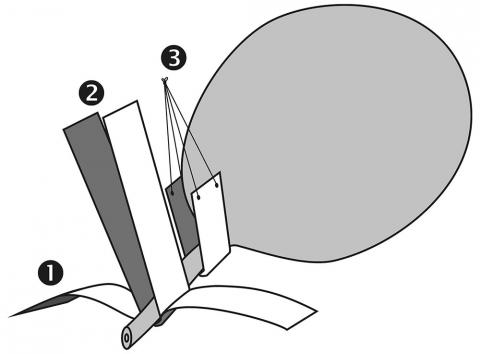There are many treatment options available for stress urinary incontinence (SUI). The treatment is tailored to suit the individual and the function of their bladder and urethral sphincter, as well as their desire for treatment.
Dr McKertich offers a range of treatment options for stress urinary incontinence. Treatment is modified to suit the individual’s problem after a full assessment of symptoms, physical examination and further testing and most importantly, the individual’s preferences for treatment.
Conservative treatment options for Women with SUI
All women with SUI benefit from conservative management initially i.e. non- surgical treatment options. Many women with milder forms of SUI may find that conservative management is all they need to improve their symptoms.
Conservative treatment options include:
- Weight loss in women who are overweight.
- Weight loss has been shown to significantly reduce stress urinary incontinence as well as symptoms of an overactive bladder in overweight women.
- Pelvic floor muscle physiotherapy
- Correcting problems that cause chronic constipation and coughing
- Cutting out smoking
- Continence devices
- These are devices fitted and worn internally in the vagina to help control leakage and are most suitable for women with lesser severity of leakage or as an interim measure in women planning later surgery.
- Some devices such as a pessary can be worn continuously.
- Other devices can be inserted and used just at the time of exercise.
- Some women find that using a large tampon at the time of exercise can help reduce leakage.
- Use of continence aids e.g. pads
- Advice regarding the appropriate choice of continence aids can be provided through specialist Urology Nurses and specialist Continence Advisors.
Surgical treatment options for Women with SUI
Surgery is an option for treatment of stress urinary incontinence when conservative measures have not been successful in controlling symptoms. It is up to the individual to decide if her stress incontinence is bothersome enough and affecting her quality of life sufficiently to consider surgery.
Before considering surgery, a full assessment of stress incontinence should be made to determine an individual’s suitability for surgery and make a recommendation regarding type of surgery. Such assessment may include:
- Assessment of stress urinary incontinence (SUI)
- Assessment of urinary incontinence
- Urodynamic testing
The most common surgical treatment used globally for SUI in women currently is sling surgery. The most commonly used type of sling worldwide is some form of the synthetic mid-urethral sling.
The range of surgical treatments available for women with stress incontinence include:
- Sling surgery with
- Synthetic mid urethral slings
- Retropubic slings
- Transobturator slings
- “Mini” slings
- Natural tissue slings
- Pubovaginal slings
- Synthetic mid urethral slings
- Injectable agents for stress urinary incontinence
- Coloposuspension
- Artificial urinary sphincter

1 = Transobturator midurethral sling; 2 = Retropubic midurethral sling; 3 = Pubovaginal or fascial sling.
Copyright Dr Karen McKertich - Not for use without attribution.
Conservative treatment options for Men with SUI
Men with stress urinary incontinence can benefit from non-surgical treatment options including:
- Pelvic floor muscle physiotherapy
- Correcting problems that cause chronic constipation and coughing
- Cutting out smoking
- Continence devices and aids
- Advice regarding the appropriate choice of continence aids can be provided through specialist Urology Nurses and specialist Continence Advisors.
- Options may include the use of pads and condom drainage (an external collecting device for urine).
Surgical treatment options for Men with SUI
Before considering surgery, a full assessment of stress incontinence should be made to determine an individual’s suitability for surgery and make a recommendation regarding type of surgery. Such assessment may include:
- Assessment of stress urinary incontinence (SUI)
- Assessment of urinary incontinence
- Urodynamic testing
Many surgical treatment options exist for men with bothersome stress urinary incontinence including:
- Injectable agents for stress urinary incontinence
- Sling surgery with suburethral slings specifically designed for male stress urinary incontinence
- Artificial urinary sphincter





